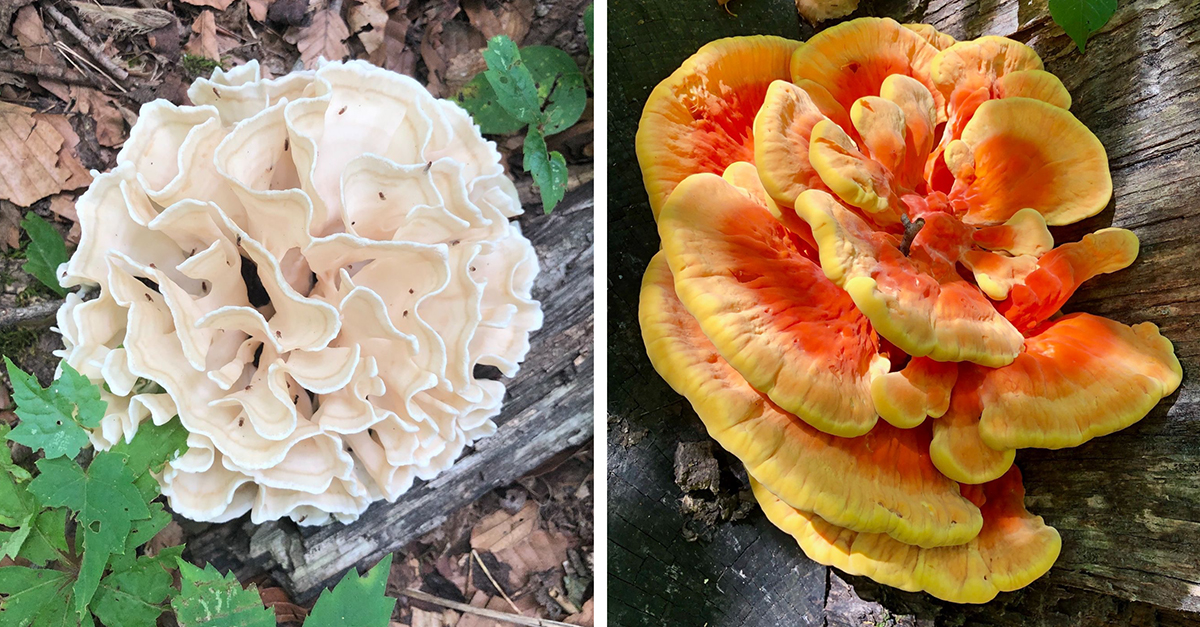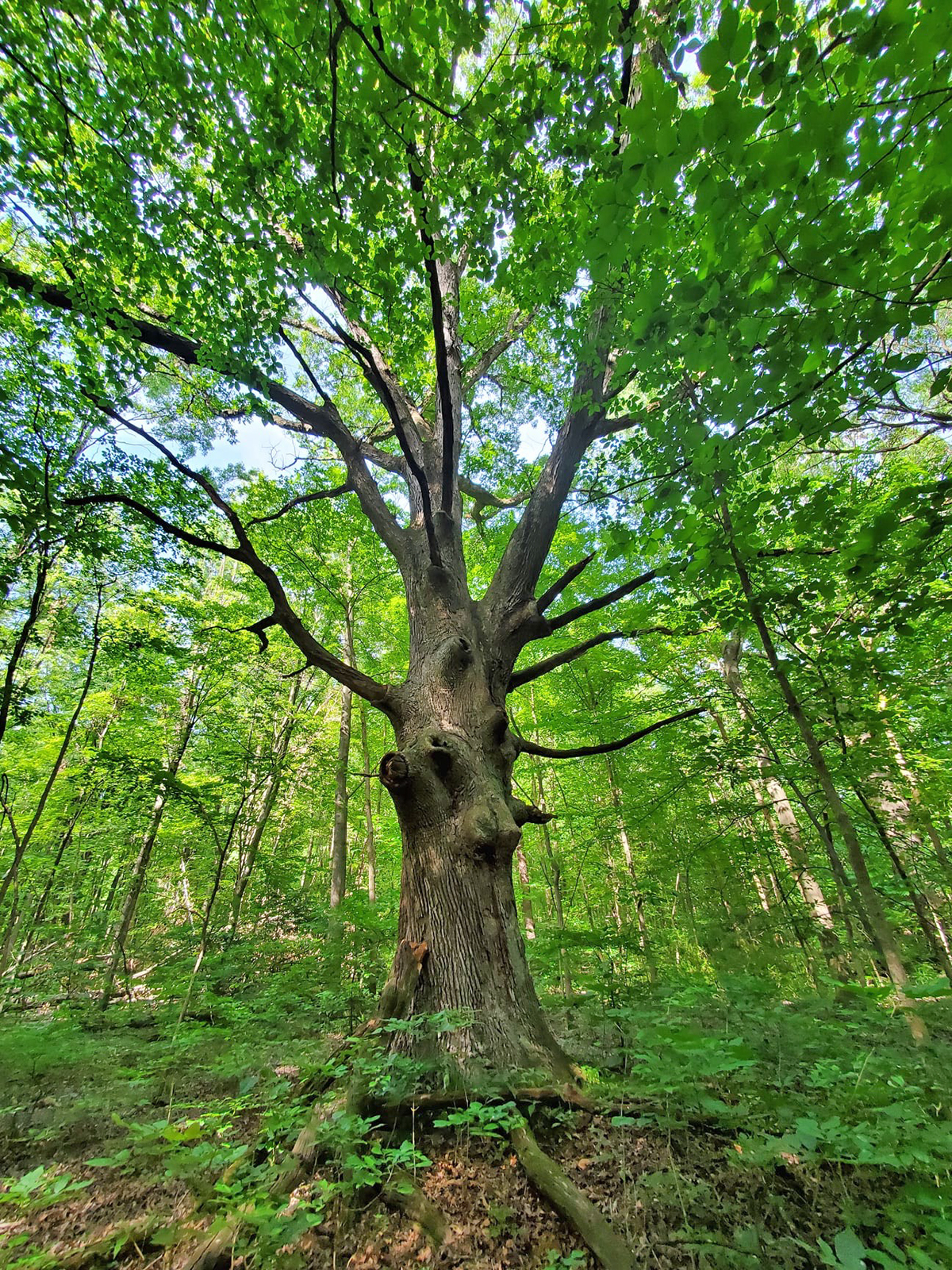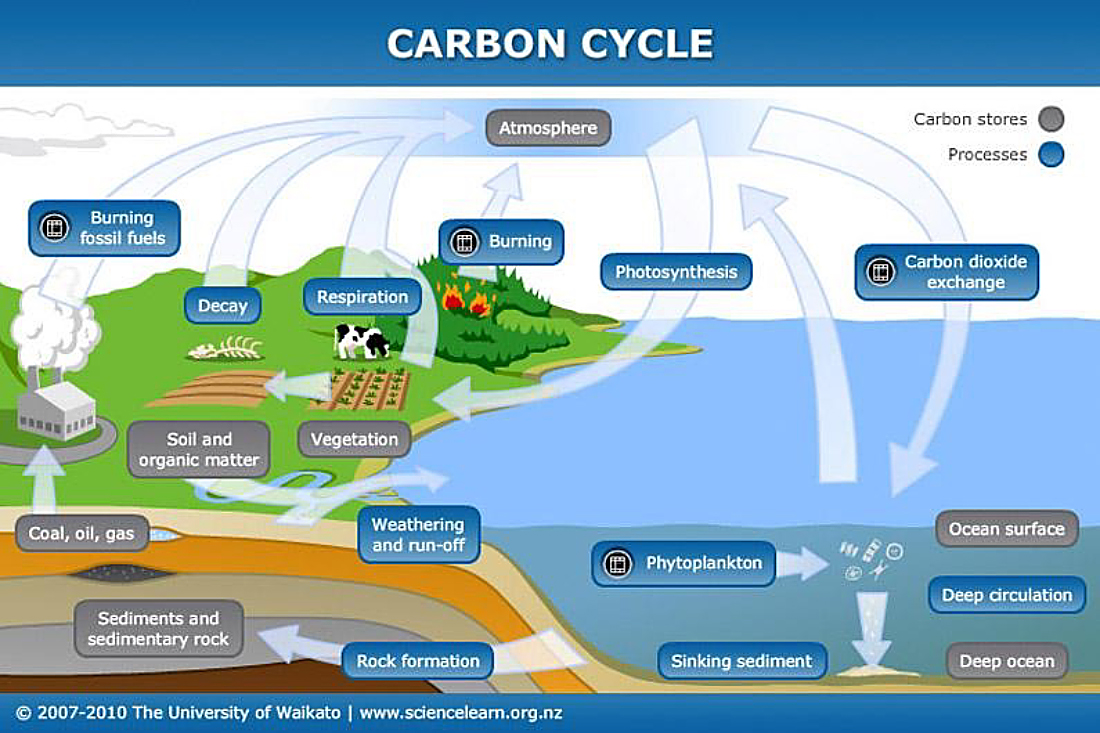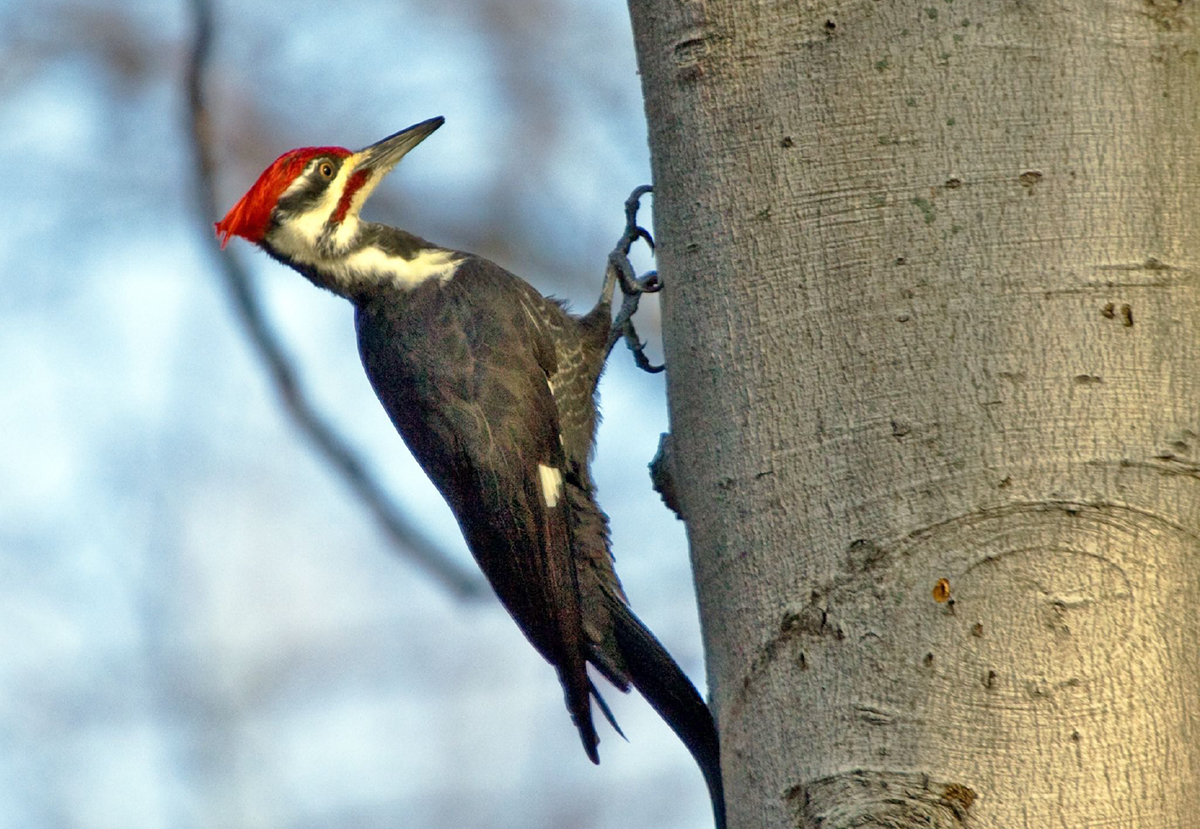CATON WILLIAMSON
Blacklick Woods Seasonal Naturalist
Old-growth forests are ecosystems at their best. I have found that a walk through one of these forests is always a worthwhile experience. From luscious treetops to colorful flowers, diversity abounds and there are always treasures to be found. My personal favorite treasures to look for are the many fungi that can be seen in these forests. There are always an assortment of fungi species popping up in an array of colors all over the place. After spending a little time in an old-growth forest I was amazed at the diversity of life that surrounded me and I decided to learn more about what made these forests such fantastic places.

What is an old-growth forest?
The definition of an old-growth forest is not clear cut and can change depending on the area. In general, old-growth forests contain trees at varying stages of life, extensive biodiversity in plants and animals, and abundant amounts of growth as well as decay. Here in Ohio, old-growth forests must have trees older than 150 years, trunk diameters that are at least 12 inches or larger, and a high density of trees. There must be decaying trees present and plenty of saplings and underbrush plants. A huge part of supporting all the life in these forests comes from dead matter like logs, dead branches and dead leaves.

Why are old-growth forests important?
Old-growth forests hold huge importance to the health of our ecosystems. These forests are far more than just old trees. Within an old-growth forest, there is abundant biodiversity. Having a wide variety of all forms of life is healthy. It benefits the entire ecosystem by keeping plenty of nutrients cycling in all parts of the forest. These forests also produce top soil rather than damage or destroy it. Decaying plant and animal matter adds to the soil health and provides living plants with rich soil to grow in. Perhaps the most important role of an old-growth forest would be the storage of carbon. The trunks of trees are quite effective in storing large amounts of carbon from the atmosphere. The carbon remains effectively contained within the wood of the tree until it dies and decays, and even then it takes many years for the carbon to be released from logs. Increased carbon in the atmosphere is one of the main culprits of climate change, so having plenty of trees to retain and store some of that carbon is extremely beneficial.
 Where can you find old-growth forests?
Where can you find old-growth forests?
Old-growth forests can be found throughout the United States. Here in the midwest many of these forests have been severely damaged due to extensive logging and agricultural clearance. However, there are about 30 that remain, a few of which can be found in your Metro Parks, such as the forests in Highbanks, Sharon Woods and Blacklick Woods.
Old-growth forests are some of the most beautiful places to visit if you have the chance. You never know what interesting animals you may come across or fungi you might see — it’s always an adventure!


there is an area near me that i always thought qualified as old growth . It is in Stoneridge Park, on the border of Columbus and Grove City. There is a circular walking path that is in the center where i walked my dog. Why I think this is because there are a few different varieties of oak tree, and the whole area doesn’t look like a farmer would have planted the trees in that manner. I also identified Osage Orange, but I don’t know that much about trees. However, should you b e interested in checking this out, I would appreciate it if you let me know your thoughts. I am located at the Gardens at Gantz Farm in Grove City.
That sounds like a lovely forest! While not in a Metro Park, you can contact the Old-Growth Forest Network to alert them to the location. Their goal is to identify and protect forests for future generations.
I always understood “old growth” forests to be those which hadn’t had been subject to clearing at any point. Your definition is kind of “mushy” in that regard—is that because there are so few forests that fit the stricter standard?
Over 99% of forests in the eastern US have been altered, so it is hard to find a forest that has not been cleared in some way. The definition in the blog is typical for our region. Blacklick Woods, Highbanks and Sharon Woods have forests recognized by the Old-Growth Forest Network. The goal of the network is It is time now to set aside a few forests and allow them to recover their old-growth characteristics.